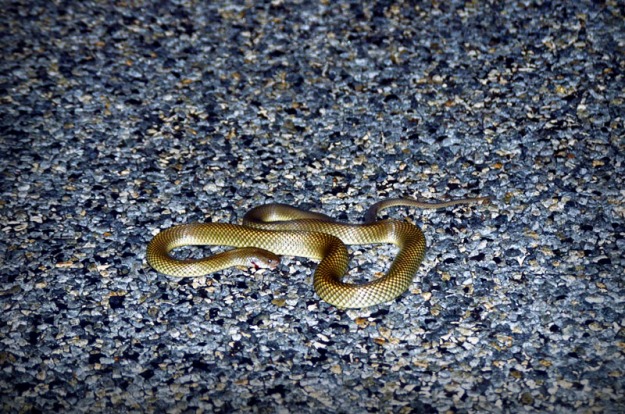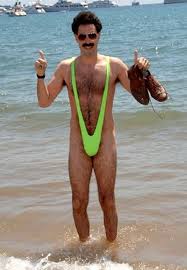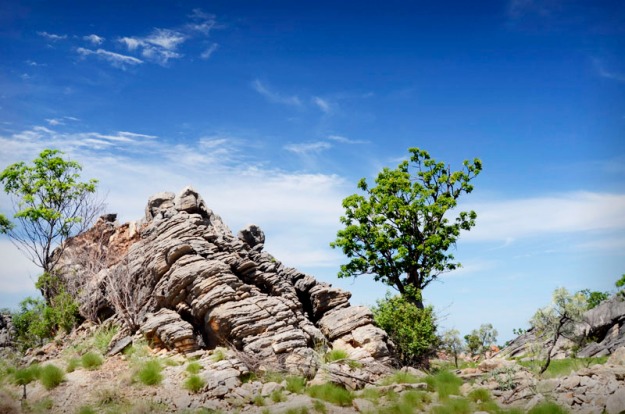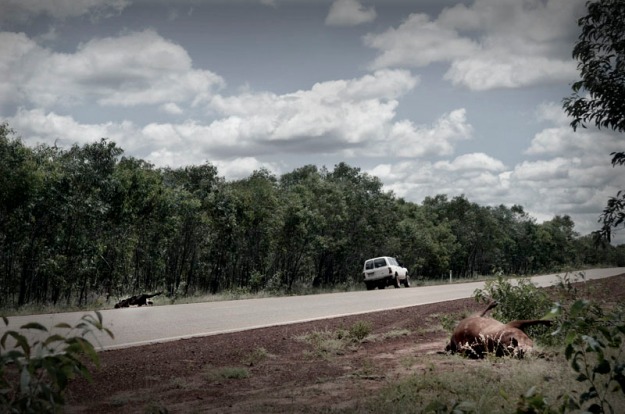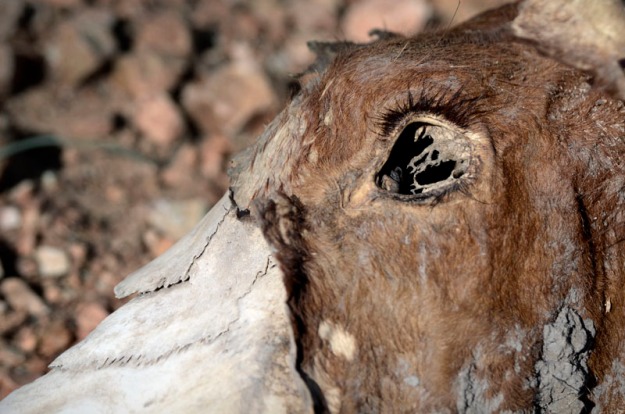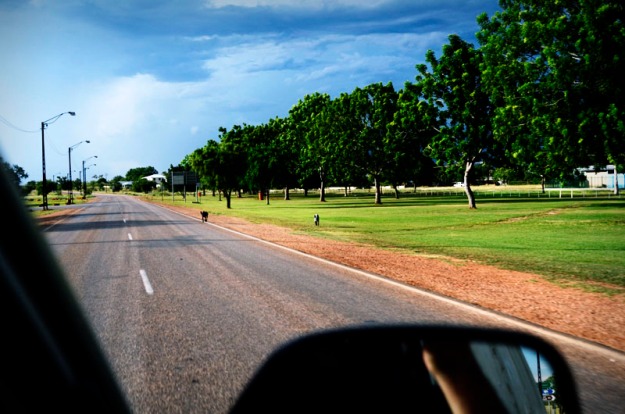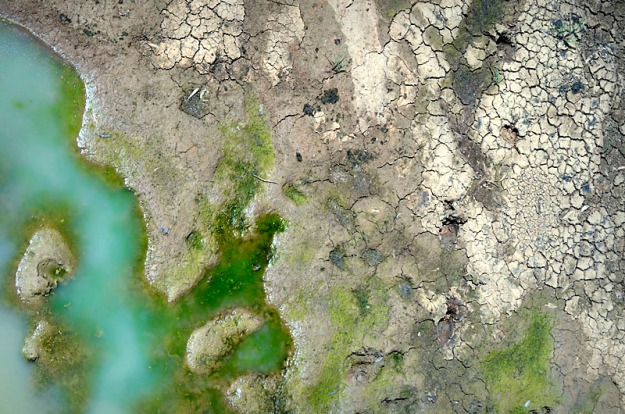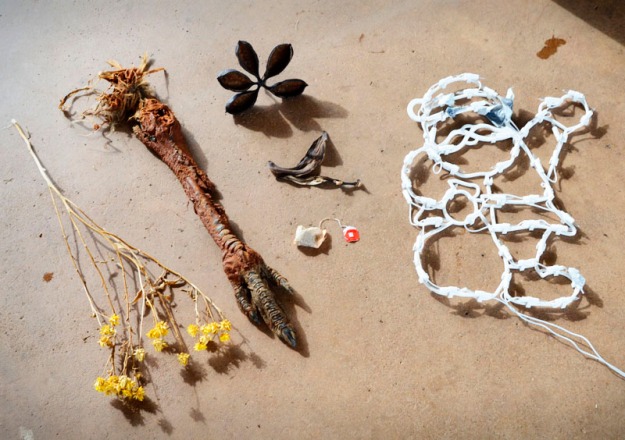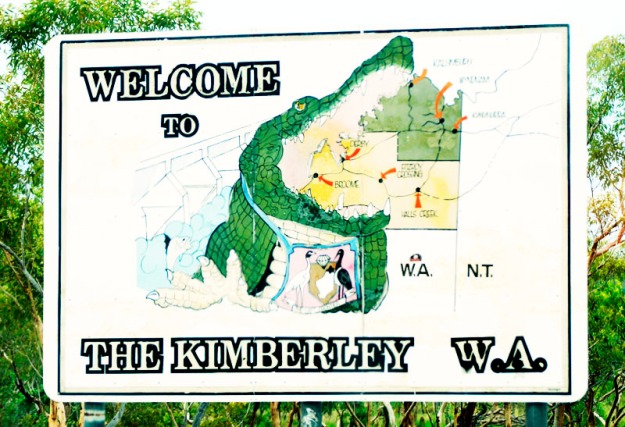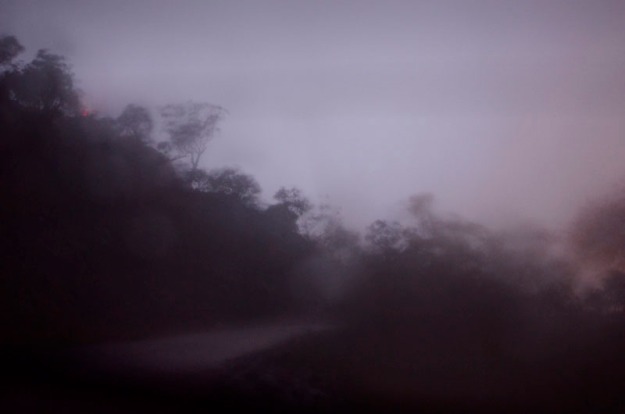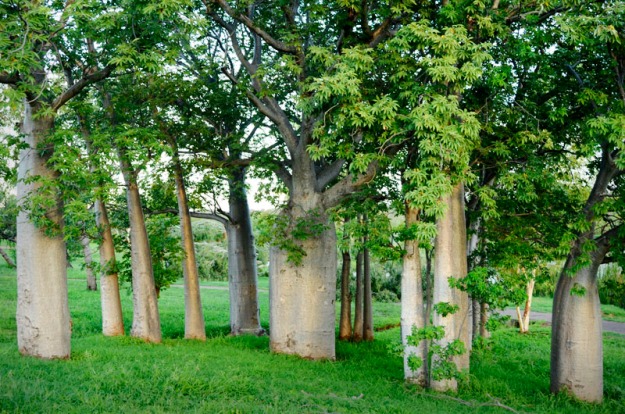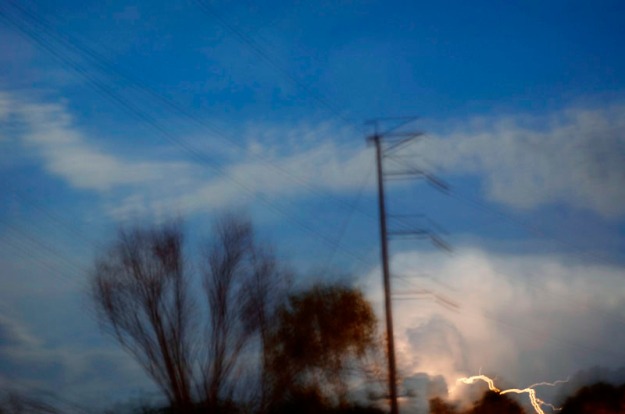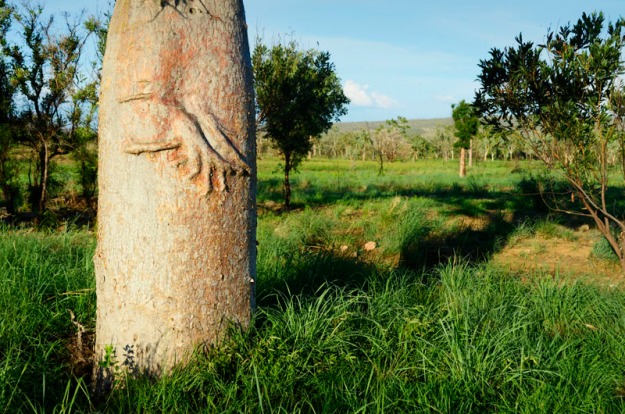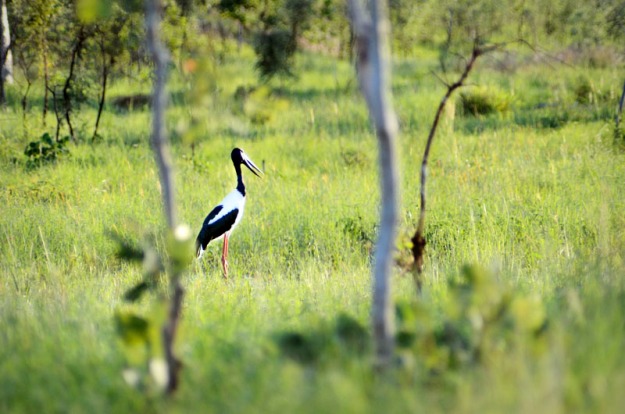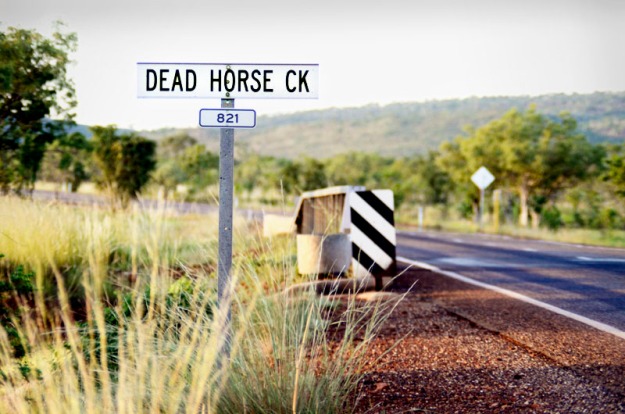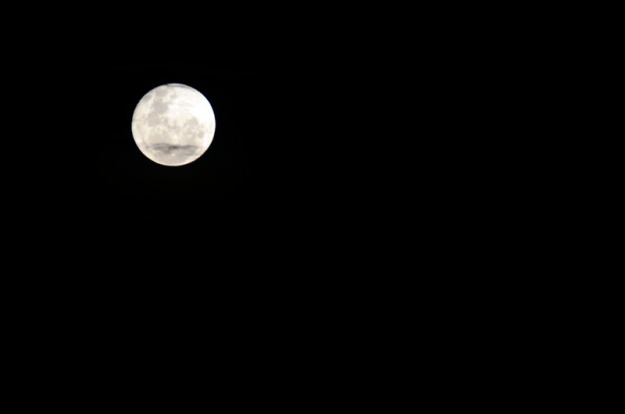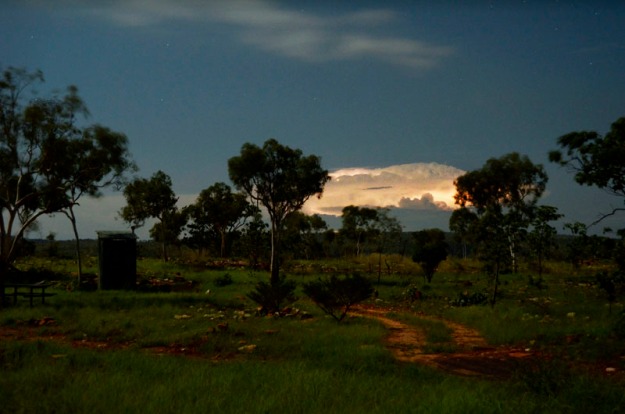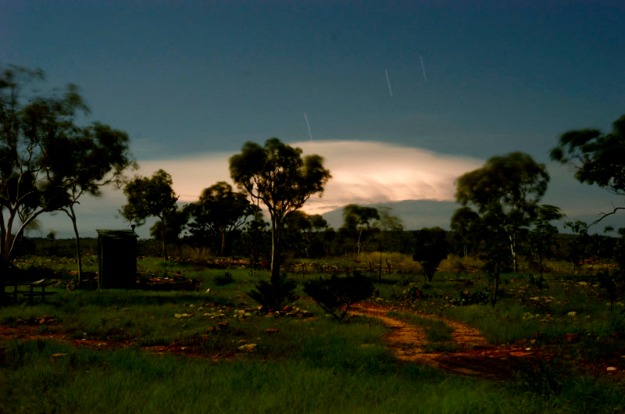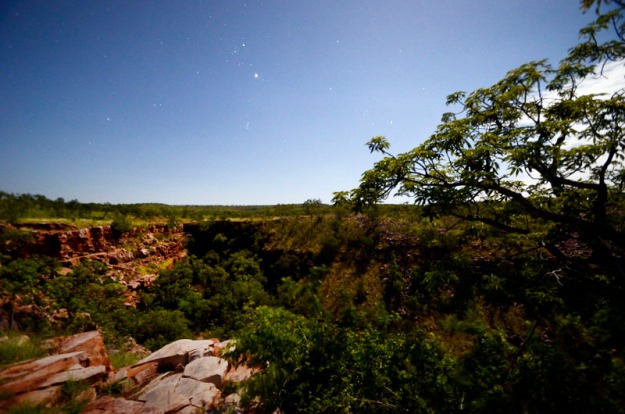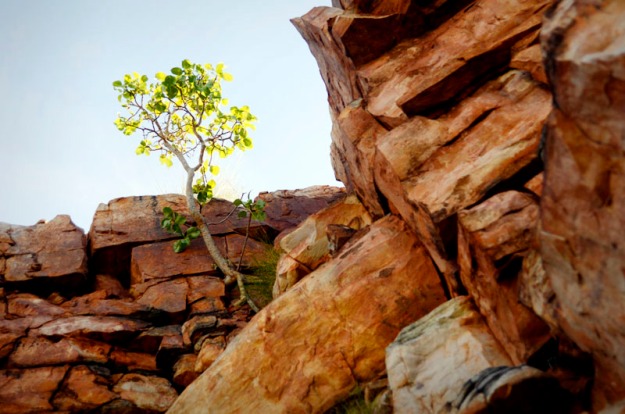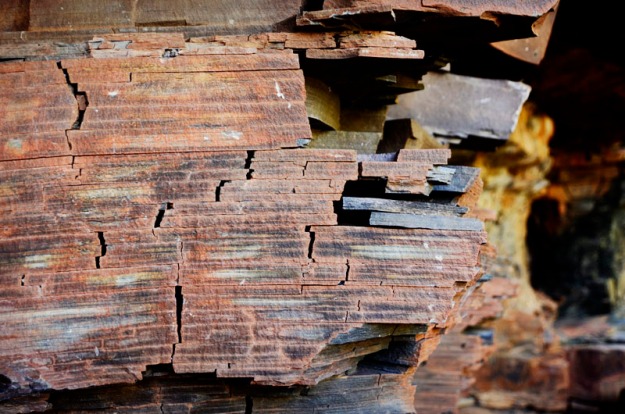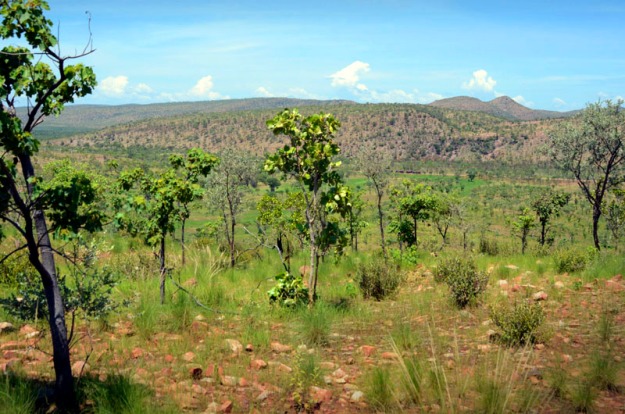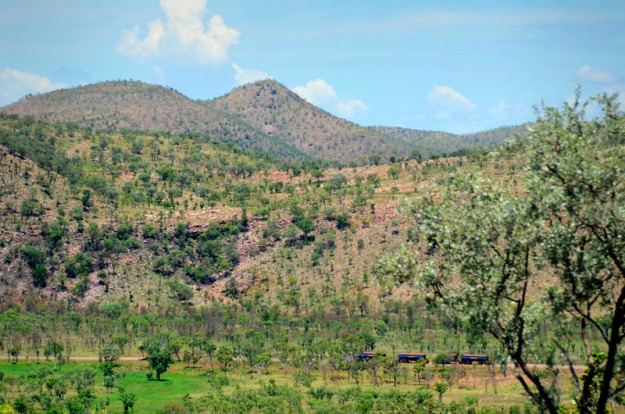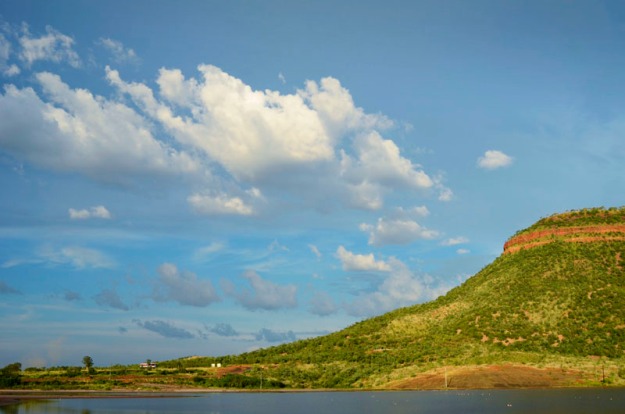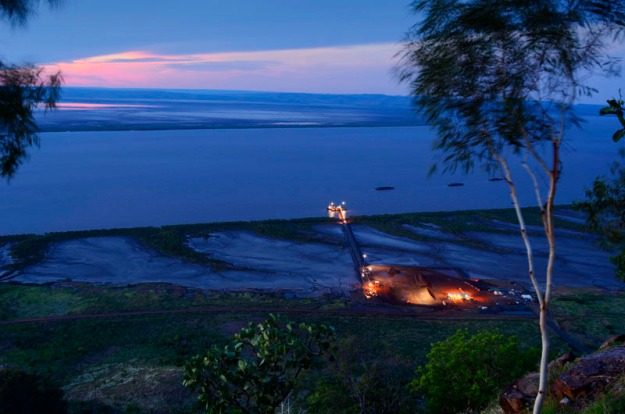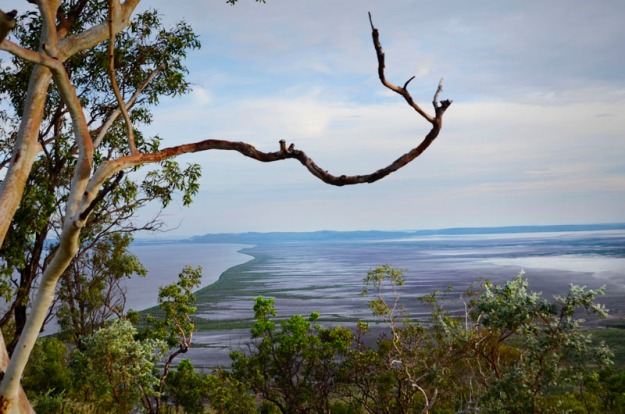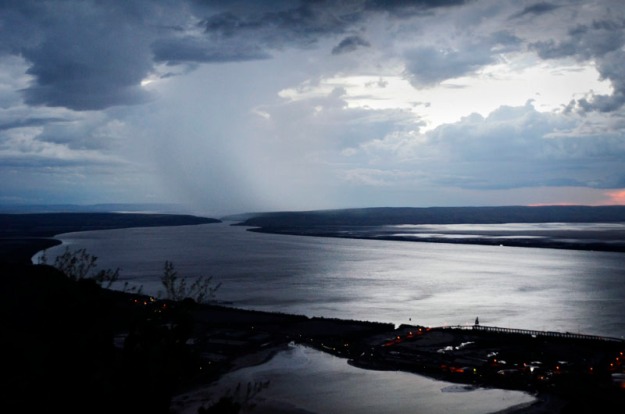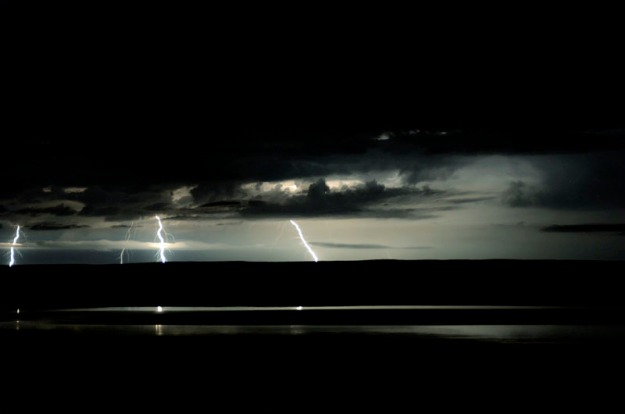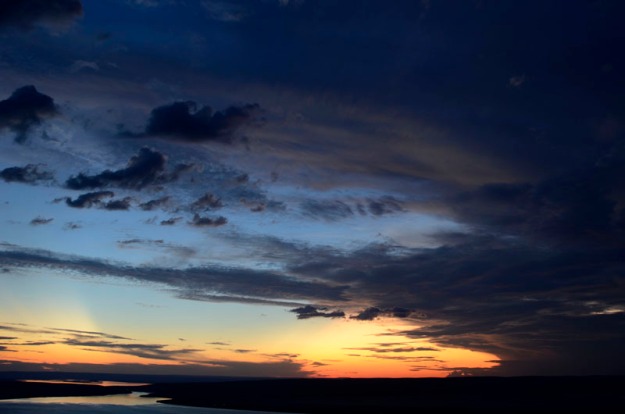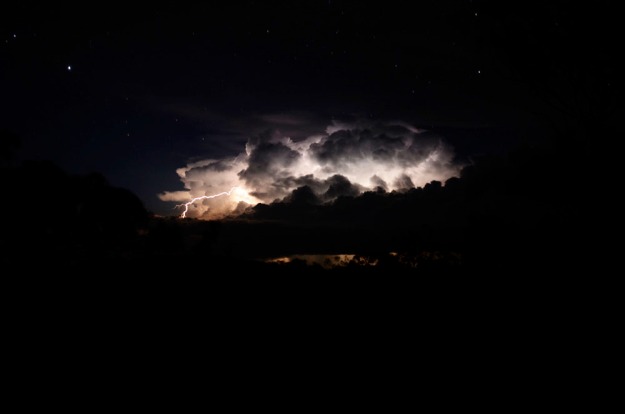And so we hit the road again, this time for the final leg to the West Coast and only 50 km south of the seriously threatened Walmadan (James Price Point), traditional country of the Goolarabooloo Jabbirr Jabbir peoples and the warrior, Walmadany, who once lived there.
Halls Creek (the beautiful, intriguing and tasty innards) to Broome (pearling mecca and home of The Pigram Brothers).
Great song which refers to Walmadan…
- The Kimberley
Once again before we depart, a warning as per previous Some Things I Saw posts – more pics below of beautiful, but deceased, animals.
The rather annoyed snake, above, had just been hit by a car and was bleeding from the side of its head. Helped it off the road with my tripod. And do ya think it was grateful? Not so much as a ‘thank you’. Just rearing and hissing. So I reversed over it before continuing on. Not.
Beautiful colours and forms.
And here’s WA Premier, Colin Barnett, below, beer-bellied but hard at work plugging himself as usual and thinking dirty thoughts – “what’s in dem hills below? Will they make me immortal if I dig’emupandsell’em?”

Colin Promoting his Personal Philosophy – ‘1 + 1 = Whatever The Hell I Want’. Numpan Hills, near Halls Creek
Above, reminds me a little of Monument Valley, Utah, USA. Let the drooling begin, a la Homer Simpson. ‘Mmmmmmmmmmmmmmmmmmmmm…
Things that make Homer go ‘Mmmmmmmmm…
Below, Limestone country to the left, Sandstone country to the right.
For some reason the above image reminds me of Michael Leunig cartoons….
And if you want a greater insight into the working’s of this great cartoonist, artist, philosopher’s mind, here’s an interview with Leunig by Margaret Throsby from ABC Classic FM (takes a while to load).
‘Mm, I think these are both weeds, above and below (Passion weed?). But beautiful nonetheless….and much safer than an invasion of Barnettus Colinus.
Barnettus Colinus, below…
Don’t say I didn’t shoot a croc – you can see the snout, below, breaking the waterline just inside the tip of my high quality, giant red Croc. So there!
Damn fine wet season grass, above. And striking rocks, below.
Below – Damn it, just after I said to myself, “Hunter, you said you’d be sensible on this road trip and focus on the main ‘Save The Kimberley’ objective. Stop following this dodgy road or you’ll end up bogged. Turn around.” So I did. And got bogged in the process!
Step One, below – dig a bit and throw some wood around…
Step Two, get in driver’s seat and drive…backwards probably best.
Step Three, below – fail! Show concern, then start again.
Below – Starting again, this time with the assistance of the City of Melbourne.
But Failed Again!
Step Four – Give Up! Call RACV via RACWA, over to RACV back to RACWA back to RACV, over to Towie… wait for ages…but make the most of the Total Care you paid for…and get them to tow you all of 3 metres at a cost (to them) of about $180. Yep. Worth every penny despite the dent to my manliness. To mitigate my manly losses just keep in mind that I’m a newby in the tropics, it was about 40 degrees celcius, 70% humidity and I gave it a red hot go for a couple of hours.
Exhausted and filthy as a result of the misadventure, I decided to stay in official accommodation for the first time on the trip thus far and get myself cleaned up. I chose to stay at the top o’ the line, Tarunda Caravan Park where I met the supportive couple, below, at the shower block.
Infinitely better hangin’ out with them than the other close-encounter I had – a man in his fifty’s who hung outside his caravan IN HIS Y-FRONTS while listening to Neil Diamond‘s ‘Cracklin’ Rosie‘ for an extended period.
Cracklin Rosie…
 In my humble opinion, y-fronts should be banned. However, if due to some vagary of personality you would in fact like to see more, I suggest you visit here for a general Y-front overview. Or here, here..and here for the good, the bad and the downright weird (respectively? I’m not saying. So be prepared!)
In my humble opinion, y-fronts should be banned. However, if due to some vagary of personality you would in fact like to see more, I suggest you visit here for a general Y-front overview. Or here, here..and here for the good, the bad and the downright weird (respectively? I’m not saying. So be prepared!)
And here are two more of our favourites in their finest…
I love that bin. Yeah, that one, above.
Ahhhh, let the off-highway adventure begin. On the Leopold Road, heading towards Tunnel Creek and Windjana Gorge where the Aboriginal warrior, Jandamarra hid out during his brave attempts to repel the whitefella settlers.
So, there we were, Claude and I, driving along Leopold Road in the middle of beautiful wild nowhere when we rounded a bend and copped this obscenity (below) in the face. Suddenly, out of the remote blue, a billboard promoting Wesley fucking College private school from Melbourne. Only a private school sense of entitlement would result in this sort of advertising in the wilderness. Nowhere else did I see anything remotely like it. The only other signs around in this sort of terrain were humble signs noting one’s passing of such-and-such cattle station.
And then, drum roll, Claude’s and my first real test….
And then, Claude’s and my first MAJOR fail…
Damn it, I was so close. I’d tested the solidity of the ridges, picked the most suitable ones…and then simply misaligned the bloody wheels and slipped off the edge. Bugger! Bogged!…
… for TWENTY-SEVEN long, isolated yet mostly enjoyable hours!
Step One – I tried the obvious, below. A bit of the old rock wedging under and around.
Step Two – jump in the driver’s seat, look happy (too happy perhaps) and try to convince yourself and the Gods that all is OK! And drive!
But fail. All was not OK. And, once again, it was about 40 degrees celcius.
Step Three – Begin again. In an attempt to reverse the near-25-degree tilt that Claude ended up on when we first got bogged I whacked the jack under the back LEFT wheel and jacked away, expecting weight to be shifted to the RHS. But what’d we end up with? This…
Yep, the left wheel went nowhere but the right one headed further skyward, instead of earthward as I had predicted. Weird and uncanny. But more likely that the high school physics recollections that I employed were way off track.
Step Four – But at least it meant I could jam a shiteload more rocks under the rear RHS wheel which had previously been spinning like a top. But unfortunately I didn’t notice the small sharp edge on one of dem rocks that resulted in part of the tyre being shredded when I next tried to drive away.
And so, NEXT IDEA…
Step Five – Tried again to level Claude, this time by jacking the front LH wheel up while digging a dirty big hole for Front RHS Wheel. Yay! This worked – eventually the jacking and digging led to a collapse and levelling.
I then left the jack in place with the intention of eventually driving straight off the top of it. Unorthodox? Perhaps. But before that could happen I decided it’d be necessary to go the whole hog’ and re-sculpt the road ahead, cutting away high bits to fill in the lower boggy bits.
Obviously at this point (god knows when exactly) I grew tired of documenting things for you folks so this is where the visual journey ends. I was prepared for up to about a five day wait while slowly working on various de-bogging options. And if five days did roll around and I was still bogged, the vague plan was to carry as much water as possible and walk back out to the highway, a distance of about 50 km, over two nights, knowing that there were at least a couple of creek crossings along the way.
At some point, one day turned into another – ah, yes, that occurred before the leveling because I remember trying to sleep in Claude on a 25 degree angle and continually rolling into the lower wall, readjusting…and then rolling again into the lower wall, and so on and so on. The following day, during my heat-o’ the day nap’ when I’d downed tools to stop from dying of heat exhaustion, I had a vision….
…not of the holy Brahmin bull below (fine specimen though he is), but of two humans approaching slowly. In my dazed state, they may have been Adam and Eve (but then, who would’ve I been?).
In fact they were Mike and Trudy, heading out on a hot date to Tunnel Creek. But instead of romance they found themselves wondering whether they had just found a dead man lying in the back of his Toyota TOWN Ace (‘mmm, perhaps Claude’s ‘make and model’ should’ve alerted me to the dangers of 4wd’ing in a bloody TOWN Ace!!!). Anyway, Mike and Trudy thought I was dead. But in the third minute I awoke, dazed and, yes, you guessed it, confused…at least for 60 seconds or so as I rolled over, looked up at the vision, clumsily extracted myself from Claude’s innards and groggily walked towards them. After the surrealist vision wore off I realised I was in good hands. Not God’s hands. Good hands. Real live hands. My time was up.
And to cut an already long story a little short, they towed me out and I returned whence I came, successfully rejecting the inner voice telling me to venture on.
I returned to Fitzroy Crossing, but not as far as Tarunda Caravan Park and the man in his Y-fronts. Oh no, not that far back, that was for sure. I had already suffered enough. Never get out of the caravan. Whatever you do, never get out of the caravan…in your fucking Y-fronts, no matter who the hell you think you are or what funky Neil Diamond track you might be listening to. Just don’t do it!
A tenuous link. Because I can…
And continuing in the vaguely related gruesome vein of Apocalypse Now, I offer thee…
A white landcruiser, A cow and A bull. Switch off now if you are sensitive to death.
The landcruiser had managed to take out two large beasts, leaving everyone in very bad shape: two dead beasts, a written off car and an unknown final outcome for passengers, although hair caught in the cracks of head-butted, crazy-paved windscreen didn’t imply a fun experience.
Another darkly beautiful scene – Phantom of the Operatic Outback…
But things always lighten up again at some stage, even though a storm always lurks in the distance…
And so I returned once again to Fitzroy Crossing……and a welcoming party of two daredevil dogs that made every car, truck and even road-train run the gauntlet.
After a quick refuel Claude and I left town again that evening, bound for Derby, about 250 kms NE of Broome. I was finally getting close. Close to the west coast.
Soon after leaving Fitzroy Crossing, we were presented with an inspiring electrical storm in the distance ahead. Here are some abstract sort-of-shit-sort-of-interesting-thru-the-windscreen-while-driving shots of the action. Sort of depends on who’s viewing and/or what substances have been imbibed/injected. Over to you…
A painfully beautiful aside…
Above, the resulting scarring from a lightning strike.
Claude and I arrived in Derby ’round midnight, and chose the wetlands on the edge of town as our home for the next few nights.
The Boab Prison Tree on the outskirts of town – a dark history for a beautiful tree estimated to be 1500 years old:
Before Derby was established in1883, Aboriginal people were kidnapped. The kidnappers, known as blackbirders, were settlers connected with the pearling industry. They wanted divers and workers for the boats. They rounded people up and put them in chains and held them at the Boab Prison Tree while they waited for a boat. Later prisoners were held here awaiting trial in Derby.
Back in town I came across this funky propeller-gum combo. The propeller, from the sunken cargo ship S.S. Colac, was installed in 1964 and has been gradually engulfed by this adventurous eucalyptus.
The last known substantial population of the endangered Freshwater Sawfish lives here in the Fitzroy River. Another reason why mining The Kimberley makes such amazing sense.
And then it was back on the road for the last leg: Derby – Broome.
And finally, after 8410 massive and mostly enjoyable kilometres, I rolled up to Minyirr (Gantheume Pt) at sunset. My coast to coast odyssey was over… but I still had 60-odd km to travel by road before I reached Walmadan, the sacred yet seriously threatened site where WA Premier, Colin Barnett, desperately hopes to build the world’s largest Liquefied Natural Gas processing plant.
If successful, the LNG gas plant will be the beginning of the end for the world-renowned Kimberley region, one of the last remaining wilderness regions of its type in the world. And one which is extremely rich in cultural history. It would be an incredible, irreversible tragedy to lose all of this. Yet despite cheaper and more environmentally/culturally appropriate alternatives (pre-existing infrastructure in The Pilbara would be $15 B cheaper OR using new foating LNG technology would be $9 B cheaper) Barnett is adamant that the plant must be built at Walmadan. The real reason for his obsessive and irrational determination is his extremely dangerous ego which hopes to see his name go down in history as having burst open and industrialised the entire Kimberley to greedily and short-sightedly gorge on its buried wealth. A sickening thought.
The pindan at Minyirr, below, was rich underfoot and in striking contrast to the cyan sea and faded yellow-orange sky.
The Lurujarri Heritage Trail, above, follows part of a sacred songline which runs along the Dampier Peninsula through the currently threatened site of Walmadan (James Price Point). The trail, beginning here and ending 82 kilometres north, was set up by Aboriginal Elder, Paddy Roe (recipient of an Order of Australia medal) in a generous and intelligent attempt to bring two very different cultures together in the interests of shared knowledge, greater understanding and furthering reconciliation. But this is to be destroyed if Barnett’s vision for Walmadan succeeds. Walmadan, the trail and the songline (a continuous path which cannot exist in separate physical parts) will be destroyed – an horrific legacy of an egomaniac.
Do what you can. Thanks for listening and bye for now,
Hunter G
ps At this stage the best thing one can do to help would be to write to Federal Minister for the Environment, Tony Burke, who still has to give his approval for the project to go ahead. Visit the following links for letter writing tips and other ideas too.
pps. Interesting fact…Did you know that Hunter G just received a grant to help with production of his Save The Kimberley exhibition which will open in Melbourne in May (details to come)? He will be exhibiting with Kimberley painter, Tom Montgomery. Thanks to the Awesome Foundation for their grant.
Now for those links:
Broome Community’s ‘No Gas’ Website
Wilderness Society’s Kimberley Link
Images and Text Copyright Hunter G, 2013 (except where noted) and available for sale (FREE for not-for-profit activities – just include a link to this blog). All profits from sales will be re-invested in Save The Kimberley activities.
Related articles
- West Side Story – Kimberley Under Threat. (hunterg1.wordpress.com)






